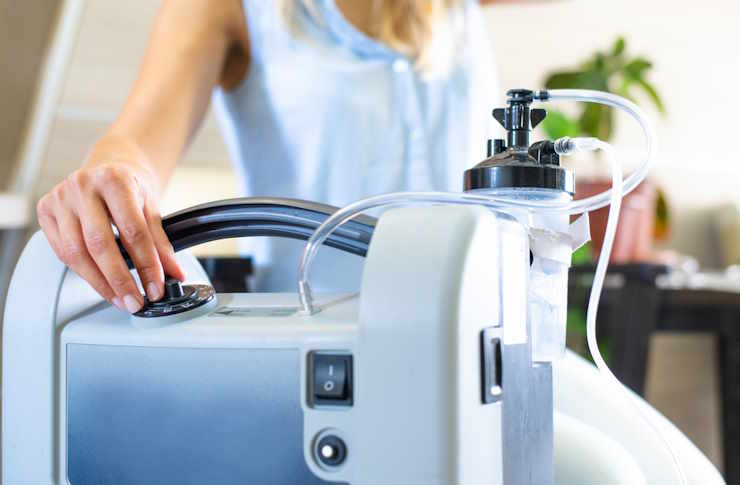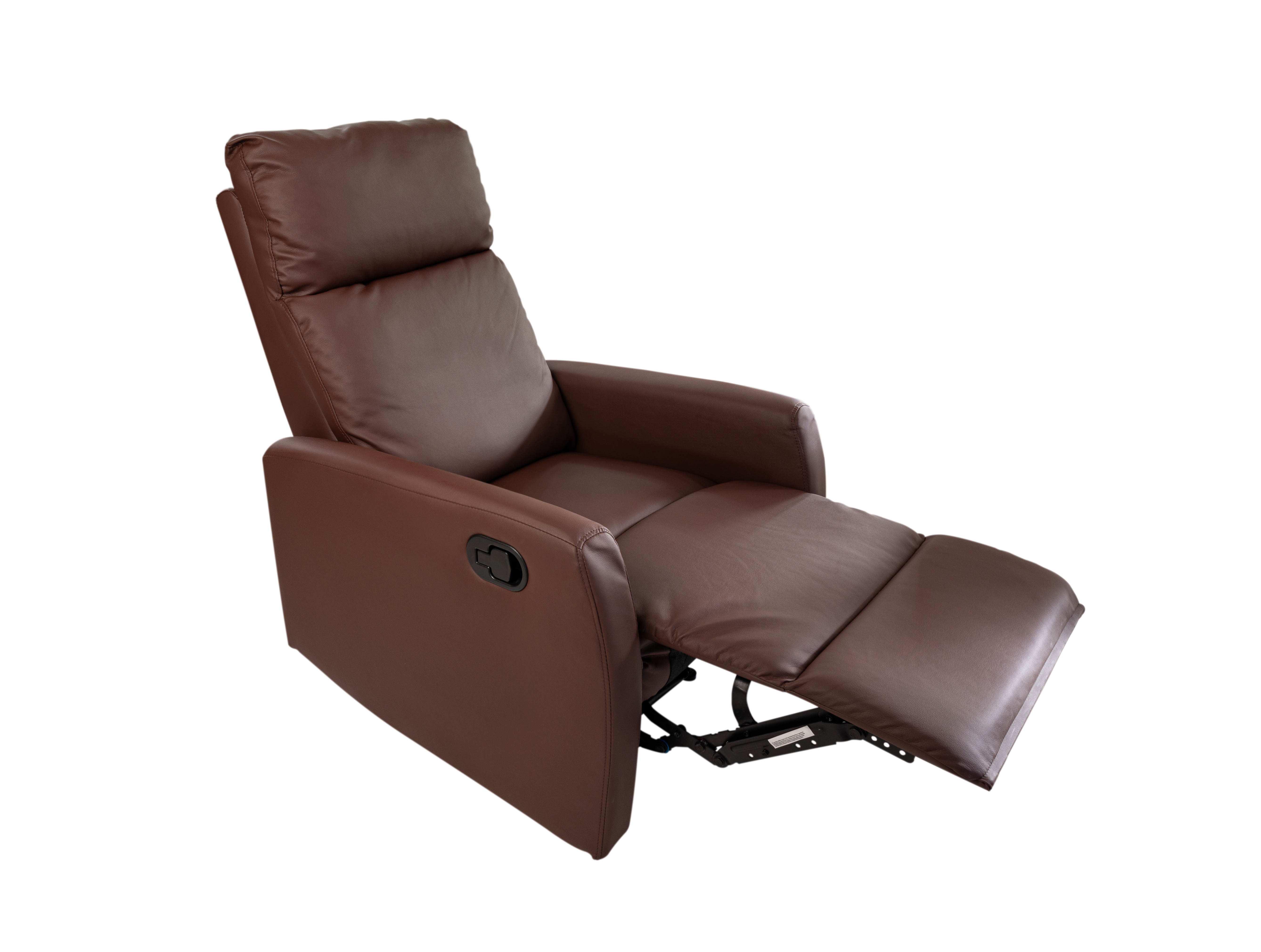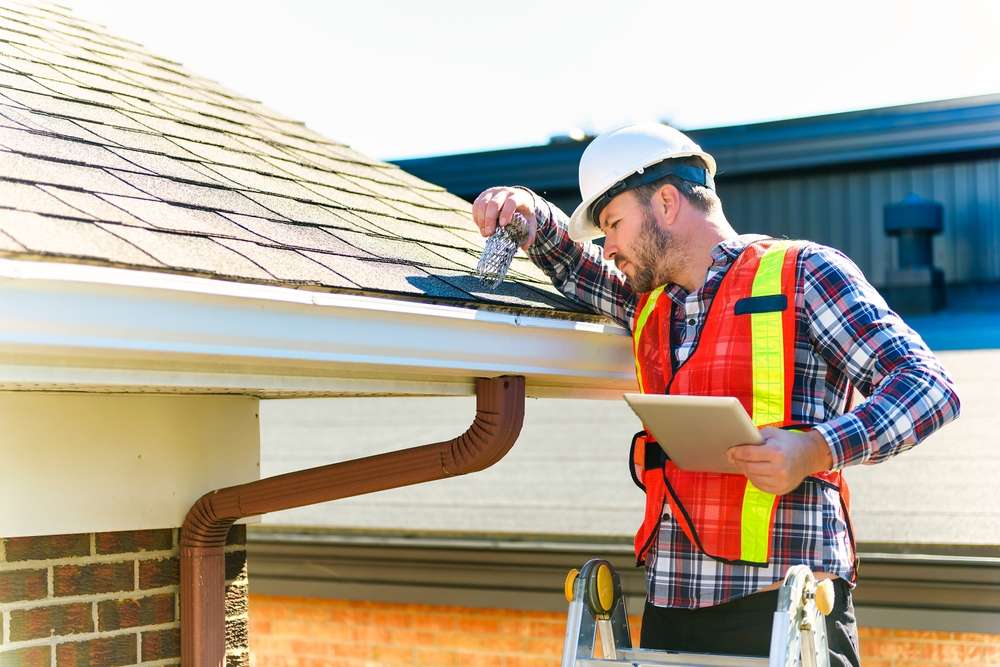Air Purifiers: A Comprehensive Guide to Cleaner Indoor Air
Indoor air quality is a growing concern for many households and businesses. Air purifiers have emerged as a popular solution to combat pollutants, allergens, and other airborne particles. This article explores the world of air purifiers, their benefits, and how to choose the right one for your needs.

What are air purifiers and how do they work?
Air purifiers are devices designed to remove contaminants from the air in a room or enclosed space. They typically use a combination of filters and technologies to capture particles, gases, and other pollutants. The most common types of air purifiers include:
-
HEPA (High-Efficiency Particulate Air) filters
-
Activated carbon filters
-
UV-C light technology
-
Ionizers
These systems work by drawing in air, passing it through various filtration stages, and releasing cleaner air back into the room.
What are the benefits of using an air purifier?
Air purifiers offer several potential benefits for indoor environments:
-
Reduction of allergens and asthma triggers
-
Removal of dust, pet dander, and pollen
-
Elimination of odours and volatile organic compounds (VOCs)
-
Improved overall air quality
-
Potential relief for respiratory conditions
By reducing airborne contaminants, air purifiers can create a healthier living space and potentially alleviate symptoms for those with allergies or respiratory issues.
How to choose the right air purifier for your needs
Selecting the appropriate air purifier depends on several factors:
-
Room size: Ensure the purifier’s capacity matches the square footage of your space.
-
Specific concerns: Consider models targeting your primary concerns (e.g., allergies, smoke, or pet odours).
-
CADR (Clean Air Delivery Rate): Look for higher CADR ratings for more efficient air cleaning.
-
Noise levels: Consider the operating volume, especially for bedrooms or quiet spaces.
-
Energy efficiency: Check for ENERGY STAR certification to ensure lower running costs.
-
Maintenance requirements: Factor in the cost and frequency of filter replacements.
Types of air purifiers available in the market
There are several types of air purifiers available, each with its own strengths:
-
HEPA air purifiers: Highly effective at removing particles as small as 0.3 microns.
-
Activated carbon air purifiers: Excellent for removing odours and gases.
-
UV air purifiers: Use ultraviolet light to kill bacteria and viruses.
-
Ionic air purifiers: Generate negative ions to attract and remove particles.
-
Combination air purifiers: Incorporate multiple technologies for comprehensive air cleaning.
Air purifier features and technologies to consider
When shopping for an air purifier, consider these features and technologies:
-
Smart capabilities: Wi-Fi connectivity and smartphone app control
-
Air quality sensors: Real-time monitoring of air quality
-
Multiple fan speeds: Adjustable cleaning power and noise levels
-
Timer functions: Scheduled operation for energy efficiency
-
Filter change indicators: Alerts for timely maintenance
-
Certifications: Look for AHAM (Association of Home Appliance Manufacturers) verification
Comparison of popular air purifier models
| Model | CADR (Dust/Pollen/Smoke) | Room Size | Key Features | Estimated Price |
|---|---|---|---|---|
| Blueair Blue Pure 211+ | 350/350/350 | Up to 540 sq ft | Washable pre-filter, energy-efficient | £299 |
| Honeywell HPA300 | 300/300/300 | Up to 465 sq ft | HEPA filtration, 4 cleaning levels | £249 |
| Coway AP-1512HH | 246/240/233 | Up to 361 sq ft | 4-stage filtration, air quality indicator | £229 |
| Levoit Core 300 | 141/140/145 | Up to 219 sq ft | 3-stage filtration, quiet operation | £99 |
| Dyson Pure Cool TP04 | 77/81/63 | Up to 300 sq ft | HEPA and activated carbon filters, fan function | £499 |
Prices, rates, or cost estimates mentioned in this article are based on the latest available information but may change over time. Independent research is advised before making financial decisions.
Air purifiers can significantly improve indoor air quality, potentially leading to better health and comfort. By understanding the different types, features, and considerations, you can make an informed decision when choosing an air purifier for your home or office. Remember to regularly maintain your air purifier and replace filters as recommended to ensure optimal performance and longevity.
This article is for informational purposes only and should not be considered medical advice. Please consult a qualified healthcare professional for personalized guidance and treatment.




